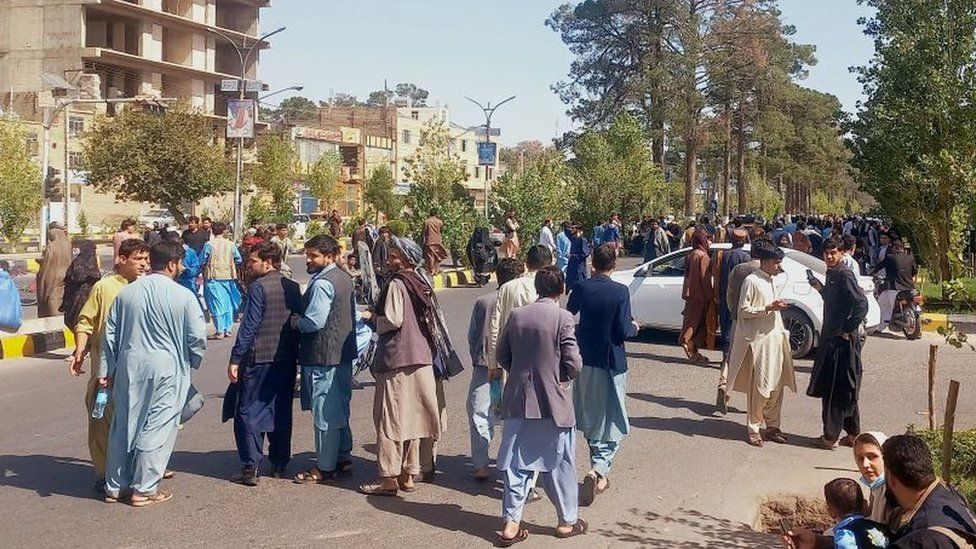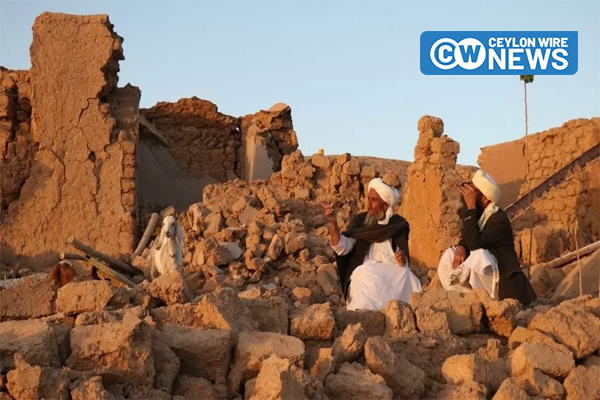In a tragic turn of events, a powerful earthquake with a magnitude of 6.3 has struck western Afghanistan, near the Iranian border, leaving hundreds of people feared dead and many more injured. The earthquake, which occurred on Saturday, has wreaked havoc on several villages approximately 40 kilometers (25 miles) from the city of Herat.
The aftermath of the earthquake has resulted in widespread destruction, with numerous buildings damaged or completely collapsed, trapping people beneath the rubble. The region has also experienced at least three significant aftershocks, intensifying the panic and distress among survivors.

Witnesses have described the terrifying moments when the earthquake struck, causing office buildings to shake violently and crumble, leaving those inside in a state of shock and terror.
Bashir Ahmad, a resident of Herat, recounted the horrifying experience, stating, “We were in our offices, and suddenly the building started shaking. Wall plaster started to fall down, and the walls got cracks; some walls and parts of the building collapsed.” He expressed deep concern for his family, as communication lines were disrupted, leaving him unable to contact them.
The exact number of casualties remains uncertain, with conflicting reports emerging. The director of Herat provincial hospital informed the BBC that at least 255 people have lost their lives, and nearly 500 others have sustained injuries. However, other estimates suggest a much higher number of victims.
Mosa Ashari, the disaster management chief of the province, disclosed earlier that “so far more than 1,000 injured women, children, and elderly citizens have been included in our records, and about 120 people have lost their lives.”
Images from Herat Central Hospital depict the grim scene of casualties receiving urgent medical care outside the overwhelmed main building, a testament to the immediate and overwhelming need for emergency treatment. Additional images reveal the extent of devastation in Herat’s Injil district, where roads have been blocked by rubble, impeding rescue efforts.

Idrees Arsala, a student who experienced the earthquake, described the terrifying moments: “The situation was very horrible; I have never experienced such a thing.” He was among the last to safely evacuate his classroom as the earthquakes struck.
Herat, often considered the cultural capital of Afghanistan, is located approximately 120 kilometers (75 miles) east of the Iranian border and is home to an estimated 1.9 million people.
Afghanistan is no stranger to earthquakes, particularly in the Hindu Kush Mountain range, given its proximity to the junction of the Eurasian and Indian tectonic plates. In June of the previous year, the province of Paktika was hit by a 5.9 magnitude earthquake, claiming the lives of more than 1,000 people and leaving tens of thousands homeless.









